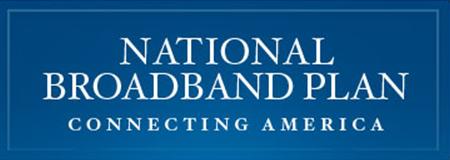Based upon a forty page response to the Request for Comments issued by the FCC regarding broadband adoption that I wrote in behalf of the Net Literacy student board, the FCC contacted me in January and I spent almost an hour talking with several members of the FCC’s National Digital Broadband Plan task force. The three most important recommendations that Net Literacy made were that
– a national Digital Literacy Corps be created to increase digital inclusion and broadband adoption at the community level (www.digitalliteracycorps.org)
– K-12 students on free or assisted lunch programs receive priority receiving resources and subsidized computer hardware and broadband
– Executive Order 12999 be strengthen to give schools a “right of first refusal” on surplused Federal computers to increase the use of technology in the classrooms during a period where funding for education is being reduced across the country
Net Literacy’s student volunteers were gratified that the FCC recommended the creation of a Digital Literacy Corps and that K-12 students on free or assisted lunch programs receive priority in the National Broadband Plan. Our response to the FCC included over 100 comments and recommendations, most of which were incorporated in the National Broadband Plan, because in part, the comment process was designed to validate FCC’s own assumptions through the use of public feedback to their proposals. Net Literacy was gratified to see that our new recommendation “that ENL population groups (English as a New Language) be recognized as a population group with low broadband adoption” was included in the Plan. Our request regarding Executive Order 12999 was not included, but I have met with Senators Lugar’s and Bayh’s to discuss how the inclusion of this in new legislation will impact student success and increase high school graduation rates.
The National Broadband Plan specifically cited our Senior Connects program that has increased computer access to over 40,000 Americans and our Community Connects program that has increased computer access to over 110,000 Americans in over 500 community centers, senior centers, preschools, faith-based organizations, schools, libraries, and other nonprofits.
No plan can be perfect in all aspects for every constituency when addressing a major challenge that America faces – but the FCC has done an outstanding job in reaching out to Americans to solicit feedback and comment; and thoughtfully created a road map that will ensure Americans receive the richness and benefits provided by broadband.
As a youth-founded all volunteer nonprofit whose outcomes cost about 10% as much as some other larger digital inclusion solution providers, we commend the FCC in providing a strong ROI on the taxpayer dollars invested in this project.
Respectfully submitted,
Daniel Kent







